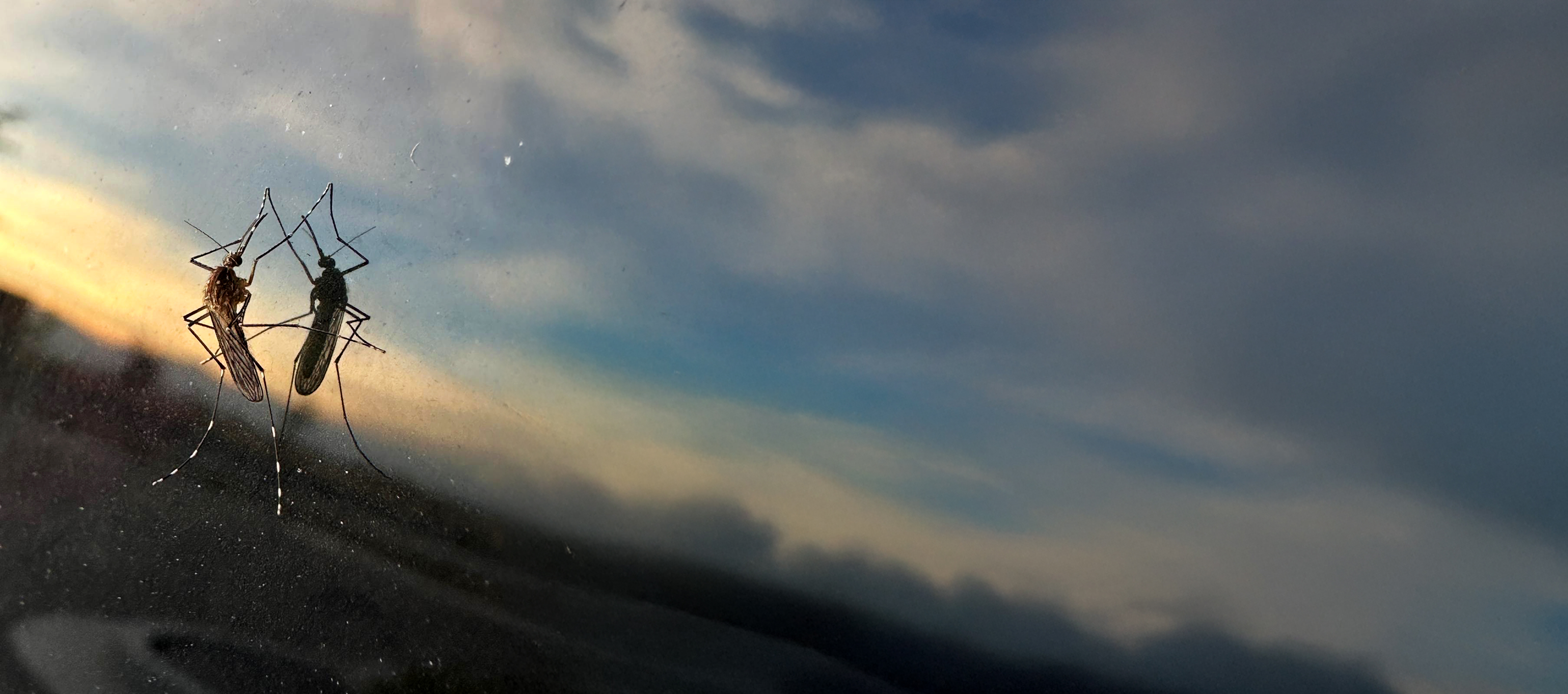
2 minute read
MAD ABOUT SKEETERS
By Tanya Vickers
GET READY TO BE BITTEN BY THE BUG OF COMPOSITE BIOLOGY RESEARCH.
The Salt Lake City Mosquito Abatement District (SLCMAD) is a catalyst for one of the College of Science’s Science Research Initiative’s (SRI’s) student research streams.
Toxicologist and behaviorist Chris Bibbs, SLCMAD’s laboratory director and an SRI stream leader, along with others from SLCMAD, take students the distance in the fascinating world of mosquitoes as they interface with public health and environmental concerns. SRI student and biology major Irvane Nelson has a personal interest in diabetes research and sugar metabolism which led him to gathering lab experience at SLCMAD… studying mosquitoes. It turns out that these seemingly unrelated fields share quite a bit of research space. By assisting Bibbs on a project looking to develop toxic sugar baits for the pests, Irvane is contributing to broader research focused on creating insecticides that are safer for our environment, all while furthering his personal interest in how living organisms respond to sugar.
As the climate warms, mosquitoes that can harbor and transmit disease will be an increasing threat. For these reasons, it’s not surprising that SLCMAD, the Centers for Disease Control, the National Institutes of Health and others are investing more resources in mosquito research. SBS’s Neil Vickers collaborates with SLCMAD and serves on its board of trustees, offering a reciprocal opportunity to advance research and promote undergraduate research.
SLCMAD deploys every aspect of biology, ecology, chemistry, physics, and every nuance and subdiscipline to get the job of mosquito abatement done. It’s a model for targeted, realwork experience connected with academics and research, and—except for the mosquitoes—everyone, especially SRI and biology students, seems to benefit.









